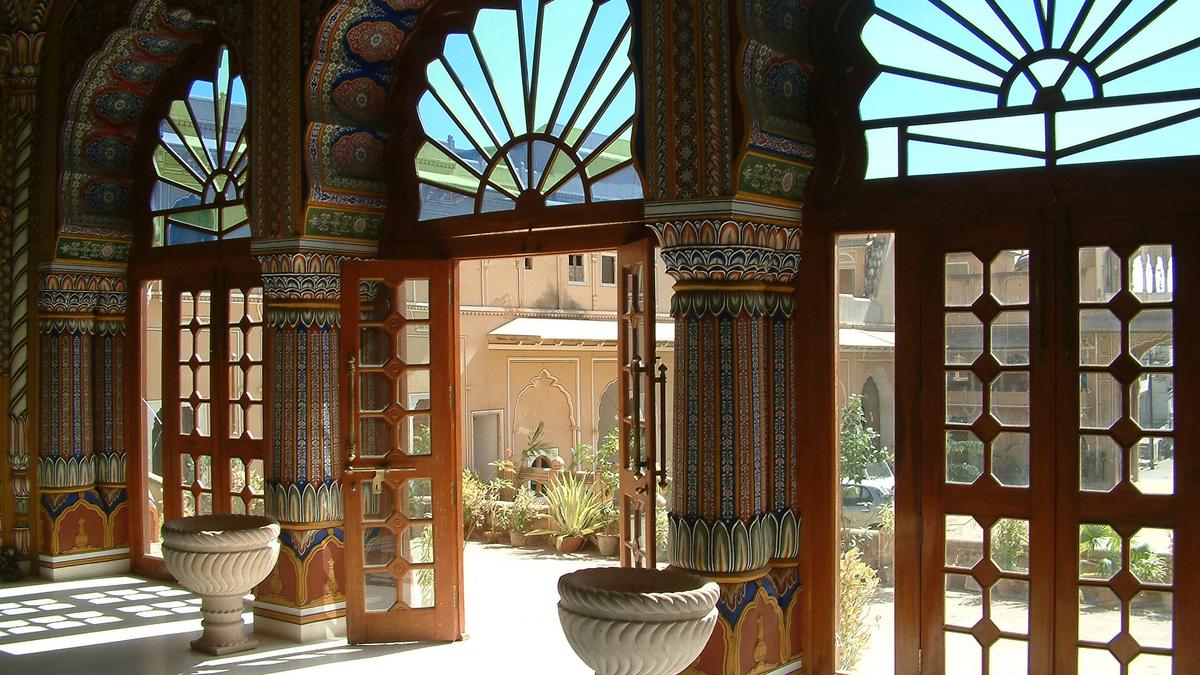From the intricate woodwork of Rajasthan to the terracotta artistry of Bengal, Indian architectural elements are deeply influenced by regional crafts and historical dynasties, creating spaces that are both beautiful and culturally meaningful. The magic of design also lies in its ability to blend the past with the present. This approach preserves cultural heritage while adapting it to fit modern lifestyles, creating timeless and contemporary spaces.
India’s design landscape is a vibrant tapestry that reflects its rich cultural heritage and historical evolution. It has evolved from the ancient Indus Valley Civilisation leaving its mark on the Harappan culture as well. Indigenous architecture began in the cities of Mohenjo-Daro and Harappa from where urban planning and interior design practices were adopted to suit the various periods in history.

Cave architecture developed during the Maurya and Gupta periods. Woodwork of Rajasthan| Photo Credit:Getty Images/istock Derived learnings India has witnessed invasions and steered itself through multiple cultural overlaps. The socio-political nuances of our times hold a mirror to multiple guests who became a part of the country — gastronomically, ideologically, and culturally.
For instance, the grandeur of Mughal architecture, with its detailed carvings and use of precious stones, has left an indelible mark on Indian interiors. It has woven itself through the belts of Delhi, Punjab, Rajasthan, Gujarat, Madhya Pradesh, Uttar Pradesh.
















